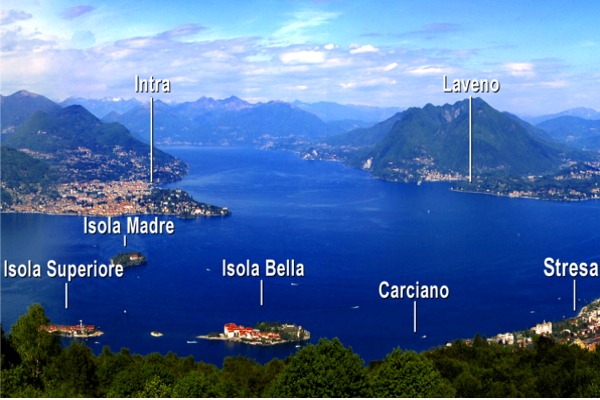Stepping ashore from Lake Trasimeno onto the little Umbrian island of Isola Maggiore, it’s not hard to see why St Francis of Assisi once chose to live there as a hermit. A statue by the shaded lakeside commemorates his stay on the island throughout Lent in 1211, when he is said to have slept on a rock.
Today, with no traffic at all and only one small village – where the buildings along its main Via Guglielmi date from the fourteenth century – Isola Maggiore is truly unspoiled. Only the presence of a small albergo, the occasional restaurant, a gelateria, and the tiny sprinkling of kiosks around the little jetty, show any real sign that the centuries have moved on.
Paths criss-cross the island, leading up through ancient olive groves to the top of the hill, where the twelfth century Chiesa di San Michele Arcangelo sits overlooking the turquoise waters of the lake. Inside this church, the ancient frescoes – some of which are attributed to the school of Giotto – are still in wonderful condition and a guide is always on hand to explain about them.
There are two further churches on the island (plus a couple more, which sadly only remain as ruins). The comparatively ornate Chiesa del Buon Gesu on Via Guglielmi can be found open most days, although the church of San Salvatore, reached via the earthen steps climbing up by the albergo Da Sauro, is generally closed.
The fishing village, as it then was, enjoyed its peak during the fourteenth century, after a Franciscan monastery was built there in 1328. Centuries later, after its closure, the Guglielmi family acquired the monastery, building a castle in the grounds in the 1880s, where they lavishly entertained guests from the mainland.
Over the centuries, Lake Trasimeno grew more and more shallow, making life for the island’s fishermen increasingly hard. As the fishing declined, so too did large numbers of the population, and with them went the Guglielmis. The family did, however, leave the strange legacy of Irish lace.
The Marchesa Elena Guglielmi introduced the Irish lace technique in the early 1900s, setting up a Lace School on the island. Today, although fewer than 20 islanders now live on Isola Maggiore, you can still see one or two ladies making lace in front of their homes, and the Lace Museum displays many exquisite examples from the island’s past.
As for the castle, in 1944 it was used for several months as an internment camp for political prisoners, then later fell into disrepair. Today, although inaccessible to the public, it is very slowly being restored.
Across from the Lace Museum stands the Casa del Capitano del Popolo (‘The Captain’s House’), which tells the history of this enchanting island.
The fishing may have declined, but it is still possible to enjoy carp, tench and pike fresh from the lake, served in any of the island’s little restaurants. Dine on a tranquil terrace as the sun sets and the water gently laps… what more could you ask?






